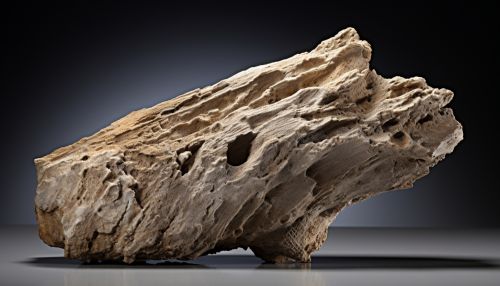Ancient DNA
Introduction
Ancient DNA (aDNA) is deoxyribonucleic acid that has been recovered from the remains of organisms that lived long ago. This field of research is a sub-discipline of Molecular Paleontology, and it has revolutionized our understanding of the past, providing unprecedented insights into the history of life on Earth.


History and Development
The study of ancient DNA began in the late 20th century, with the first successful extraction of DNA from an extinct species, the Quagga, in 1984. This marked the beginning of a new era in Paleontology and Genetics, as it opened up the possibility of studying extinct species and ancient humans at a molecular level.
Extraction and Sequencing
The extraction and sequencing of ancient DNA is a complex process that requires specialized techniques and precautions. Due to the degradation of DNA over time, ancient DNA samples are often fragmented and contaminated with modern DNA. Therefore, the extraction process involves careful handling and cleaning of the samples to minimize contamination. The sequencing of ancient DNA is performed using Next-Generation Sequencing technologies, which allow for the sequencing of highly degraded and fragmented DNA.
Applications
Ancient DNA has a wide range of applications in various fields of research. In Archaeology, it is used to study the genetic makeup of ancient human populations, providing insights into human migration patterns, population dynamics, and relationships between different groups. In Paleontology, ancient DNA is used to study the evolution and extinction of species. In Forensic Science, ancient DNA can be used to identify human remains and solve criminal cases.
Challenges and Limitations
Despite the significant advancements in the field of ancient DNA, there are several challenges and limitations that researchers face. The degradation of DNA over time and the risk of contamination are major challenges in the extraction and sequencing of ancient DNA. Additionally, the interpretation of ancient DNA data can be complex, as it requires a thorough understanding of genetics, evolution, and population dynamics.
Future Prospects
The field of ancient DNA is rapidly evolving, with new technologies and methodologies being developed to improve the extraction and sequencing of ancient DNA. These advancements are expected to further enhance our understanding of the past and open up new avenues of research in various fields.
